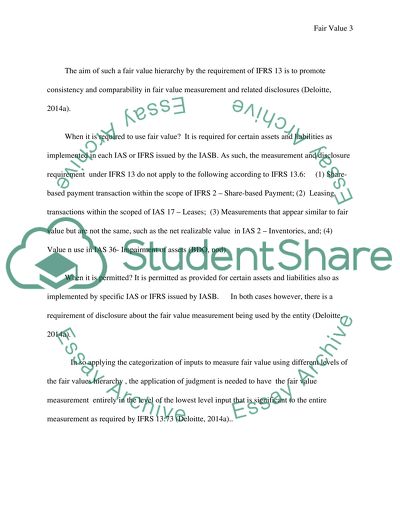Cite this document
(“Fair value Essay Example | Topics and Well Written Essays - 2000 words”, n.d.)
Fair value Essay Example | Topics and Well Written Essays - 2000 words. Retrieved from https://studentshare.org/finance-accounting/1629175-fair-value
Fair value Essay Example | Topics and Well Written Essays - 2000 words. Retrieved from https://studentshare.org/finance-accounting/1629175-fair-value
(Fair Value Essay Example | Topics and Well Written Essays - 2000 Words)
Fair Value Essay Example | Topics and Well Written Essays - 2000 Words. https://studentshare.org/finance-accounting/1629175-fair-value.
Fair Value Essay Example | Topics and Well Written Essays - 2000 Words. https://studentshare.org/finance-accounting/1629175-fair-value.
“Fair Value Essay Example | Topics and Well Written Essays - 2000 Words”, n.d. https://studentshare.org/finance-accounting/1629175-fair-value.


